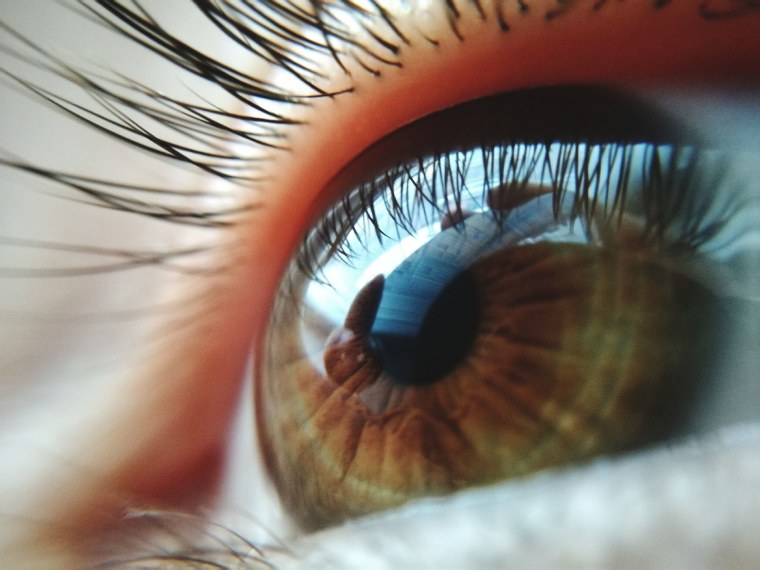TOKYO — A man was arrested on suspicion of stalking a female pop idol by studying reflections of her pupils in photos she shared on social media and using Google Street View to find where she lived, police said Friday.
A Tokyo police official declined comment on the specifics of the investigation. But the official confirmed Friday that 26-year-old Hibiki Sato was arrested on Sept. 17 on suspicion of indecent behavior in connection with stalking and causing injuries to the 20-year-old woman.
Japanese media reports said the woman, whose identity was not disclosed, is a "pop idol." Police said Sato was an "avid fan." Japan has many young female performance groups.
The police official spoke on condition of anonymity as is often policy at Japanese bureaucracies. The official said the case was related to those reports.
Public broadcaster NHK and other Japanese media reported this week that Sato allegedly used the high-resolution images of the woman's pupils to figure out which train station the woman frequented.
He then reportedly studied other images she shared, such as her apartment, to figure out where she lived.
Police say Sato was suspected of jumping the woman from behind, groping her and causing injuries.
The case has raised alarm over potential risks from sharing on social media.
Tokyo Shimbun, a metropolitan daily that reported on the stalking case, warned readers that even casual selfies could show surrounding buildings, allowing people to identify locations where they were shot.
It suggested people shouldn't make the V-sign with their fingers, which Japanese often do in photos, because fingerprints could be stolen.
